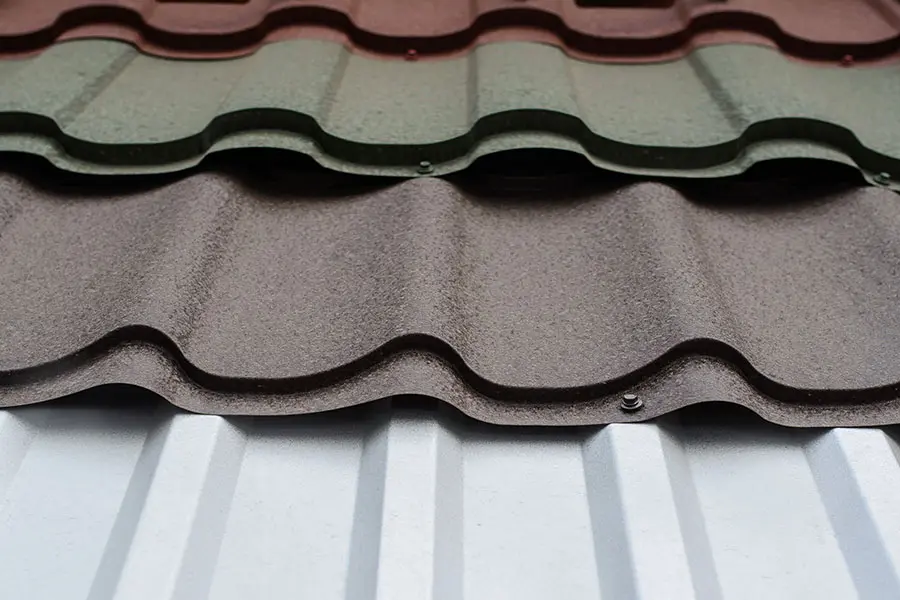The Advantages of Working with Gainesville FL Roofing Companies
The Advantages of Working with Gainesville FL Roofing Companies
Blog Article
Finest Practices for Ensuring Correct Roofing Ventilation
A balanced consumption and exhaust vent ratio, commonly 1:300, plays an essential duty, with intake vents ideally positioned at the lower edge of the roofing for awesome air access and exhaust vents at the peak for warm air leave. Keeping insulation away from vents is vital to prevent airflow limitation.
Understand Air Flow Essentials
Appropriately understanding ventilation fundamentals is crucial for ensuring the durability and efficiency of roofing systems. Effective air flow mitigates moisture buildup and temperature level extremes in the attic room, both of which can result in significant structural damages in time. A well-ventilated roofing aids in avoiding usual concerns such as mold and mildew growth, wood rot, and ice dams, which can jeopardize the integrity of the roof materials and the underlying structures.
The primary goal of air flow is to facilitate the motion of air, enabling a consistent exchange between the outside and interior settings. This equilibrium is accomplished through a combination of consumption and exhaust vents that interact to maintain optimum air movement. Consumption vents, commonly situated along the soffits or eaves, permit fresh air to enter the attic room area, while exhaust vents, commonly situated at or near the roof ridge, allow warm, damp air to escape.
Secret elements influencing the effectiveness of roofing ventilation include correct placement, adequate sizing, and guaranteeing that both consumption and exhaust vents are unhampered. Routine evaluation and upkeep are essential to identify potential blockages, damages, or ineffectiveness in the ventilation system, thereby guarding the roof's performance and sturdiness.
Sorts Of Roof Vents
Roof vents play a vital duty in keeping efficient attic room ventilation and, by expansion, the overall health and wellness of the roof covering system. Numerous types of roof covering vents are available, each with one-of-a-kind benefits tailored to particular roofing needs.

Soffit vents are set up under the eaves and operate in tandem with roofing vents to make sure a balanced intake and exhaust system. By enabling cooler air to enter from below, soffit vents help with the expulsion of hot air via upper vents. Gable vents, located on the exterior walls of the attic, deal one more reliable service, specifically in homes with gable roofings.
Assess Your Present Ventilation

Following, think about the age and problem of your roof covering products and ventilation parts. Older systems may not adhere to present building codes or might have deteriorated over time, lowering their efficiency. Conduct an extensive examination to recognize any indications of wear and tear, such as rust, damages, or spaces that could compromise the system's efficiency.
Furthermore, measure the attic room temperature and moisture levels. High temperatures and moisture can show inadequate air flow - roofing companies in gainesville florida. Utilize a hygrometer and thermostat to obtain accurate readings, contrasting them with exterior conditions. Persistent inconsistencies suggest prospective problems that need attending to.
Installation Best Practices
Reliable setup of roof covering ventilation systems is critical for making certain ideal efficiency and long life. Correct installment begins with understanding the certain air flow needs of the roofing and the building it covers. This includes computing the correct ratio of intake to exhaust vents, normally adhering to the 1:300 guideline, which states one square foot of air flow for each 300 square feet of attic floor space.

The positioning of vents is equally critical. Consumption vents ought to be mounted at the roofing's reduced edge, typically in the soffits, to permit trendy air to enter. Exhaust vents, on the various other hand, must be installed near or at the roof covering's top to help with the leave of cozy, moist air. This produces a natural air movement that helps maintain temperature level and dampness balance within the attic area.
Seal all vent connections diligently to stop air leaks and potential water infiltration. Use high-grade materials and adhere website link to maker standards to ensure sturdiness and effectiveness. Furthermore, integrating ridge vents with baffles can substantially boost air flow efficiency by stopping wind-driven rain and snow from going into the attic.
Ultimately, specific setup of roof ventilation systems alleviates possible issues such as mold and mildew development, ice dams, and structural damage, guaranteeing the roof's integrity and the structure's overall health and wellness.
Routine Maintenance Tips
Uniformity in upkeep methods is essential to guaranteeing the long-lasting performance of roof covering air flow systems. Routine evaluations are important, ideally carried out biannually-- in the springtime and autumn. find more During these inspections, make sure that vents are without particles, nests, and other blockages that could impede air movement. Look for any signs of moisture buildup or mold and mildew, as these can show improper air flow or leaks (roofing companies in gainesville florida).
Utilize a soft brush or a vacuum to eliminate dirt and particles from consumption and exhaust vents. Be mindful not to damage the air vent screens or louvers during the procedure.
Correct insulation is equally important. Guarantee that attic room insulation does not obstruct the vents, as this can seriously restrict air flow. If any kind of insulation has actually shifted or cleared up, rearrange or change it to maintain an effective obstacle.
Last but not least, replace any harmed or missing parts quickly. Damaged vents, fractured tiles, or scrubby flashing can all add to insufficient ventilation and should be resolved without hold-up. Normal upkeep makes sure that the roof covering air flow system works optimally, thereby extending the lifespan of the roof itself.
Final Thought
Making sure proper roof covering air flow is critical for keeping the efficiency and sturdiness of a roof system. Adherence to the 1:300 consumption and exhaust air vent proportion, coupled with the tactical positioning of vents, is necessary.
A balanced consumption and exhaust vent ratio, generally 1:300, plays an essential function, with consumption vents preferably positioned at the blog here lower edge of the roof covering for great air entrance and exhaust vents at the peak for warm air departure. Intake vents, typically located along the eaves or soffits, permit fresh air to go into the attic area, while exhaust vents, frequently positioned at or near the roofing ridge, make it possible for hot, moist air to run away.
Soffit vents are installed under the eaves and job in tandem with roof covering vents to make sure a well balanced intake and exhaust system. By permitting cooler air to get in from below, soffit vents help with the expulsion of warm air through top vents. Adherence to the 1:300 intake and exhaust vent ratio, paired with the strategic placement of vents, is necessary.
Report this page